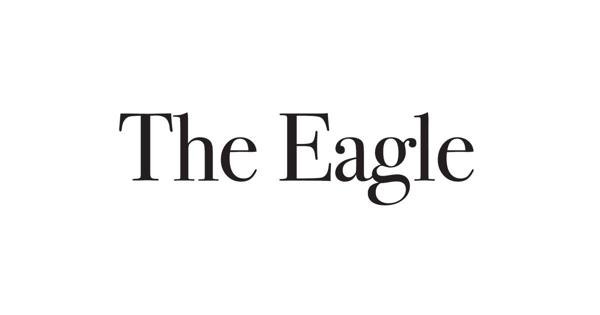
If you’ve ever applied for a loan or business insurance, you’ve had to check a box that asked whether you had a Business Continuity Plan in place. Many applicants tend to mindlessly check yes, even if they don’t have an actual plan in place.
Continuity plan checks are part of loan and insurance applications
That is not a good idea. There’s a reason why these institutions ask for a Business Continuity Plan. And it’s not to annoy you or give you unnecessary work. They are looking to minimize risk for you and for their institution. Many are required by law to have a Business Continuity plan in place themselves.
A Business Continuity Plan is a contingency plan that provides direction about how to keep the business in operation if something unexpected were to happen. Loan and insurance applications aside, having a plan forms part of a solid business strategy particularly during times of uncertainty.
Research indicates that close to 90% of businesses with a Business Continuity Plan reported having reduced disruptions, improved resilience, and faster recovery from disruptions. So there are a number of statistically proven benefits to having a Business Continuity Plan.
Disruptions can be natural or they can be manmade. Some of the most common disruptions – an unexpected death, divorce, distress, disability, or disagreement – will affect 1 in 2 businesses. Any one of these can have a devastating impact, particularly on a smaller business.
Business Continuity Planning helps businesses confidently respond to unplanned events.
How devastating? The average disruption will cost the business about $81,000. And still 25% of businesses will shut down entirely. That’s pretty devastating for a business without the resources to buffer the impact.
Business interruption insurance may help but only in cases where ‘a covered event causes physical damage that results in losses’. Many of the most common disruptions would therefore not be eligible for a business interruption payout as many found out during the pandemic. Check the policy or speak with your broker.
The responsibility for protecting people, profits, and the company’s growth from unplanned events is an internal job. This type of risk management and risk mitigation cannot be outsourced or delegated.
Business Continuity Plans typically include information on:
- Whom to contact in and out of the organization. This of course includes employees, but also customers, suppliers and key stakeholders, etc.
- Key documents. It’s essential to record where to find documents like lease, mortgage, key contracts, along with the person(s) with access.
- Financial matters. This is usually an important one because even during a disruption the business needs to be able to continue to pay and be paid. Basics include information on location of accounts and names of signatories to the accounts – i.e. who has access.
- Operational workarounds. What are the key tasks that keep the business running? How are they performed now and how can they continue to be performed if the current way of working were for some reason impacted now? There’s a lot of talk about cybersecurity and cyber threats. If something were to happen that prevented the business from operating in its usual way, what workarounds will allow it to continue?
Thinking through and documenting this information ahead of time minimizes response times during a disruption. This level of foresight also reduces the number of decisions that would need to be made during a disruption when emotions are heightened and the business may be losing money.
Continuity planning allows business leaders to focus on making the right strategic decisions to navigate the disruption instead of expending energy on day to day operational decisions in the heat of the moment.
Documenting these areas ensures that the relevant information is at the business’ fingertips during a disruption when the most important thing needed is readily accessible information. Once this information is documented, it’s essential that the people tasked with responding are informed and trained.
Running a business comes with inherent risks. Business leaders taking on this risk own it by taking steps to proactively insulate their growth and operations from unpredictable and unplanned events. Having a business continuity plan is one of those steps.






